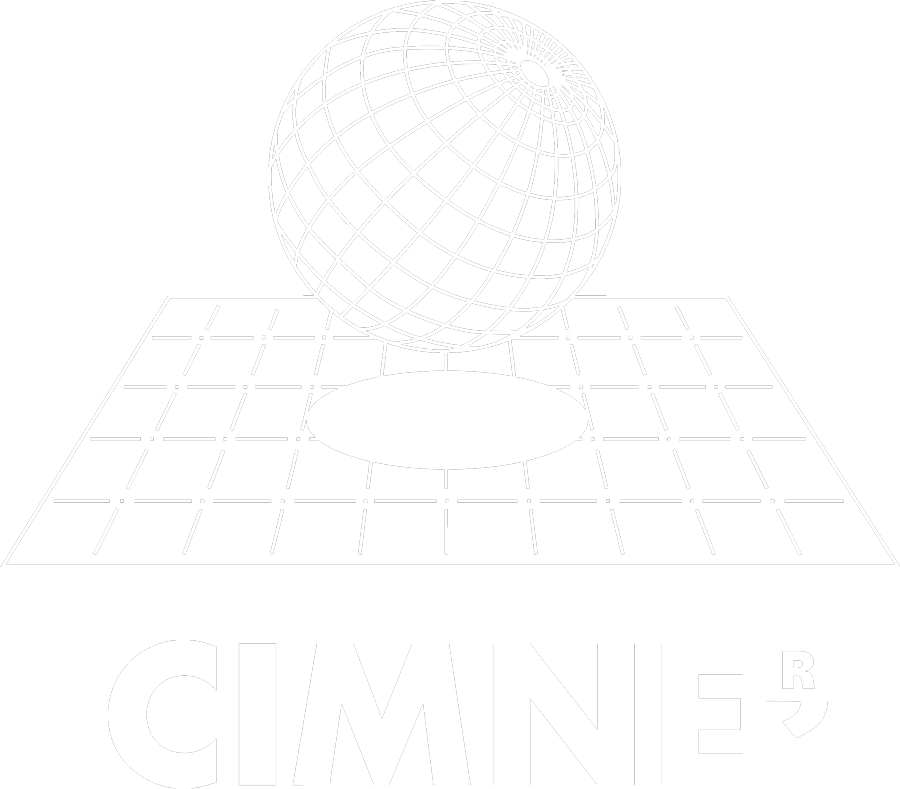COUPLING PROCEDURE
The aeroelastic solution in PARACHUTES has the following main features:
- 2-way staggered coupling between the aerodynamic and structural solvers.
No interpolation of results is required because the solvers share the same mesh.
The transient and steady-state responses of the structure are obtained in a very efficient way.
The number of structural time increments performed per aerodynamic step (necessary for stability of the explicit solver) is automatically controlled according to the analysis time increment specified by the user.
- Numerical damping is introduced to control high-frequency oscillations(∗).

